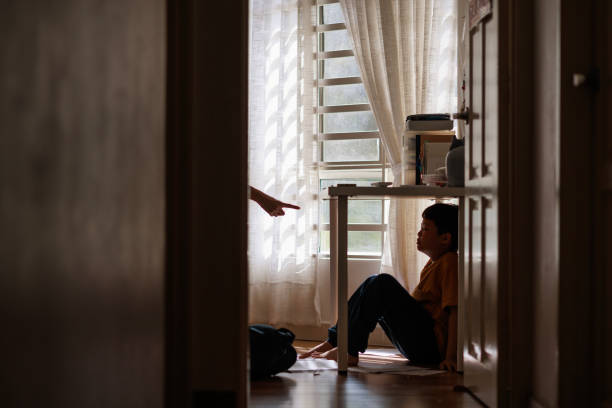Child abuse is an urgent issue that affects millions of children around the world. It manifests in various forms; physical, emotional, sexual, and neglect; and its impact can be both immediate and long-lasting. Understanding the signs, recognizing the causes, and knowing how to respond are critical steps toward protecting vulnerable children and preventing further harm.
Physical maltreatment is one of the most visible forms of maltreatment. It involves inflicting harm on a child through actions like hitting, beating, burning, or choking. In many cases, these injuries are not accidental, and the marks may be hidden or dismissed by perpetrators. Unfortunately, the physical wounds often heal faster than the psychological scars they leave behind. Children who experience physical maltreatment can develop long-term problems, including difficulty trusting others, issues with self-worth, and trouble forming healthy relationships in adulthood.
Emotional maltreatment, while less visible, is equally destructive. It includes behaviors such as verbal threats, humiliation, isolation, or consistent belittling. Unlike physical abuse, emotional abuse can be harder to detect, but its effects are profound. Children who suffer emotional abuse often experience anxiety, depression, and other mental health challenges. Stress may diminish their ability to cope, and they may struggle with feelings of worthlessness or guilt that exceed their situation.
Neglect occurs when caregivers fail to meet a child’s basic needs—such as food, shelter, medical care, or emotional support—and is the most common form of child abuse. This neglect can also lead to serious developmental delays, both physically and emotionally.
Neglect causes children to appear malnourished, fail to thrive, or exhibit stress behaviors such as withdrawal or excessive clinginess. The emotional neglect of a child can be just as harmful as physical neglect, leading to feelings of abandonment, depression, and insecurity.
Sexual abuse is another form of maltreatment that remains a critical concern. It involves any form of sexual contact or behavior with a child, including molestation, exploitation, or rape. Sexual maltreatment often leads to severe trauma, and its effects are long-lasting. Victims often feel shame, confusion, and fear, and their feelings of guilt or fear of not being believed may make them hesitate to report the abuse. Many survivors also struggle with intimacy issues and may face challenges in their adult relationships.

The causes of child maltreatment are complex and often rooted in broader social, economic, and psychological factors. Some parents struggle with mental health issues, substance abuse, or a history of being abused themselves. Others may lack the resources or knowledge to provide proper care, leading to neglectful behaviors. Social stressors, such as financial strain, housing instability, or unemployment, can also contribute to a higher likelihood of abuse. It is important to recognize that while these factors may increase the risk of maltreatment, they never justify the harm inflicted on children.

Prevention begins with awareness. The more we understand the signs of abuse, the more equipped we become to intervene early. Frequent injuries, bruises, or burns—especially in areas normally covered by clothing—can signal red flags of physical abuse. Emotional abuse might show up as sudden changes in behavior, excessive anxiety, or fearfulness around a specific person. Sexual abuse may cause children to display age-inappropriate sexual knowledge or show unexplained physical injuries in genital areas. Neglect is often evident in a child’s appearance—dirty clothes, untreated medical conditions, or a lack of proper supervision.
If you suspect abuse, you must act quickly to protect the child. In many cases, children are unable to speak out due to fear or confusion. If you are a witness to abuse, or if a child discloses that they are hurt, do not hesitate to contact the authorities. Child protective services or local law enforcement can assess the situation and intervene if necessary. Your response could be the difference between continued harm and safety for a child.

Supporting children who have experienced abuse requires compassion and care. Many survivors need therapy or counseling to address the trauma they have endured. Mental health professionals can help children process their experiences, learn coping strategies, and regain their sense of security. It is also vital for the community to step in and offer support, whether through providing safe environments, fostering open communication, or simply being a reliable and caring adult presence in a child’s life.
The long-term consequences of abuse are significant, but so are the opportunities for healing and recovery. Children who are given the support and care they need can grow into healthy, well-adjusted adults, despite the challenges they may have faced early in life. Protecting children from abuse requires ongoing vigilance, education, and a commitment to creating safe environments where children can thrive. Together, we can help prevent child abuse and ensure a safer, brighter future for all children.
______________________
Thank you for your time here. This means a lot to us. If you are passionate about driving change through workshops, e-mail info@insidesuccess.com. Find other related articles on our website and follow us on Instagram @InsideSuccessNigeria for more updates.



Leave a Reply